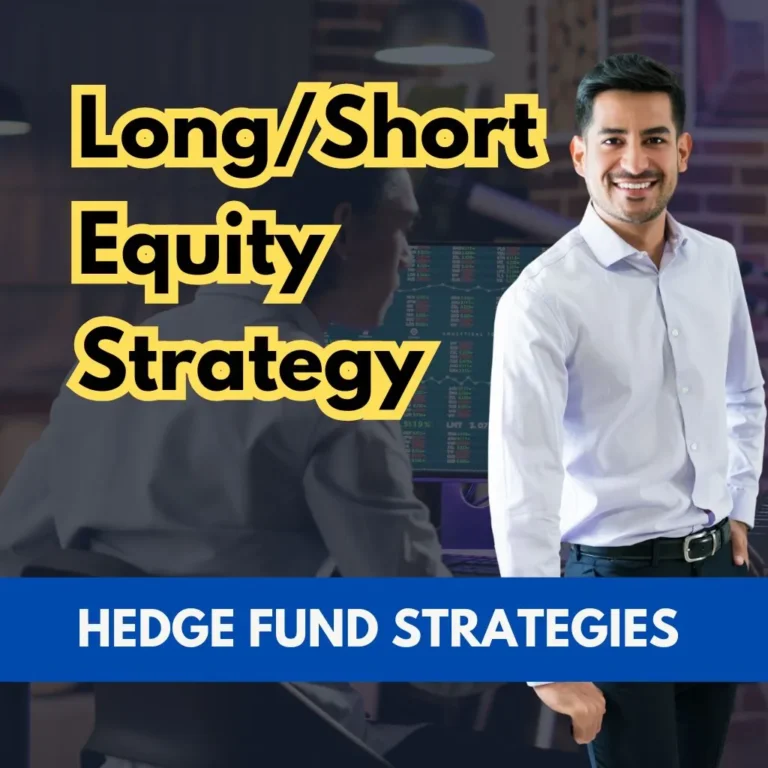In your CFA Level 1 journey, one of the most intriguing topics you’ll encounter is Alternative Investments. These assets and strategies differ markedly from traditional stocks and bonds, offering unique opportunities—and challenges. As a CFA candidate, mastering these concepts will not only boost your exam score but will also prepare you for a dynamic career in finance. Let’s dive into what alternative investments are, why they matter, and how to ace this part of the exam.
What Are Alternative Investments?
A Departure from Tradition
Unlike the traditional asset classes like equities, bonds, and cash, Alternative Investments encompass a wide range of non-conventional assets. These include private equity, real estate, hedge funds, commodities, and infrastructure, to name just a few. For those preparing for the CFA Level 1, it’s crucial to understand the diverse nature of these investments, as they can play a pivotal role in both portfolio management and exam success.
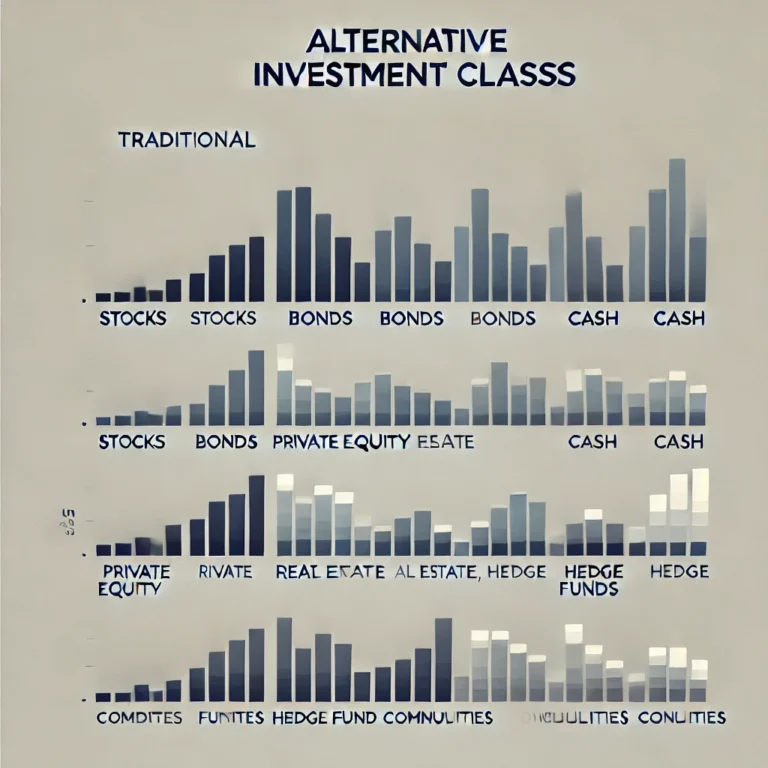
Why Study Alternative Investments?
Think of alternative investments as the wild cards in an investment portfolio. They offer the potential for higher returns but often come with greater complexity and risk. As a candidate for the Chartered Financial Analyst Level 1, getting to grips with alternative investments can make you a more well-rounded and versatile financial analyst. This segment is about not just understanding theory but also applying practical knowledge in real-world scenarios.
Interested in Learning About Other Hedge Fund Strategies?
Key Characteristics of Alternative Investments
Less Liquidity, More Opportunity
One of the defining characteristics of alternative investments is their illiquidity. Unlike stocks, which you can buy or sell instantly on the market, many alternative investments are harder to trade. Private equity funds or real estate investments often require longer-term commitments, meaning you might not be able to cash out quickly. But this illiquidity can also provide unique opportunities for long-term investors looking for higher yields.
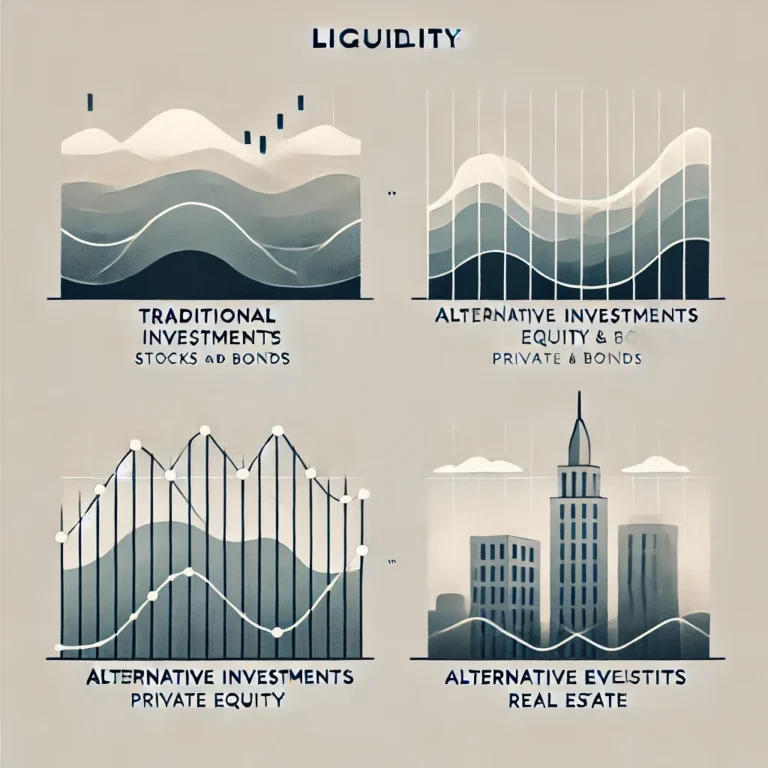
Diversification Benefits
Diversification is a crucial concept in portfolio management. Alternative investments can provide significant diversification benefits because their performance often correlates less with traditional asset classes. For example, real estate might not move in the same direction as the stock market, offering a buffer during downturns. In your CFA Level I exam, expect questions that focus on how alternative investments contribute to a well-diversified portfolio and reduce overall portfolio risk.
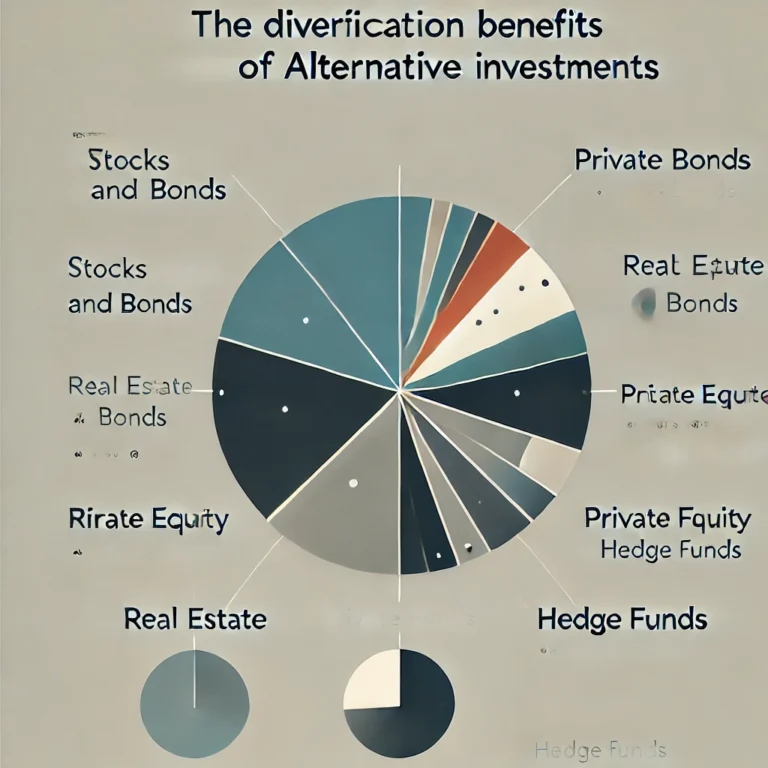
Types of Alternative Investments
Real Estate: More than Bricks and Mortar
Real estate is one of the most accessible forms of alternative investment, with both direct and indirect avenues available. Direct investment means owning physical properties, while indirect options include Real Estate Investment Trusts (REITs). In CFA Level 1, expect questions around the income-generating potential of real estate, valuation methods, and risk factors like market fluctuations and vacancy rates.

Historical Anecdote: The Subprime Crisis
To illustrate the potential risks and rewards of real estate, consider the 2008 financial crisis. Real estate assets were at the heart of the subprime mortgage crisis, which triggered a global financial meltdown. For CFA candidates, this event highlights the importance of understanding both the benefits and the pitfalls of real estate investments.
Doozy Digest
A newsletter for CFA candidates
Subscribe for:
✔ Insightful tips
✔ Expert advice
✔ Career motivation
✔ Exam inspiration
Stay updated and subscribe today!
Private Equity: Investing in Innovation
Private equity involves investing in privately held companies, often through buyouts or venture capital. For CFA Level 1, you’ll need to grasp the basic structure of private equity funds, including how capital is raised and distributed over time. Unlike publicly traded stocks, private equity investments typically require long holding periods and carry higher risks due to the uncertainty of new ventures.
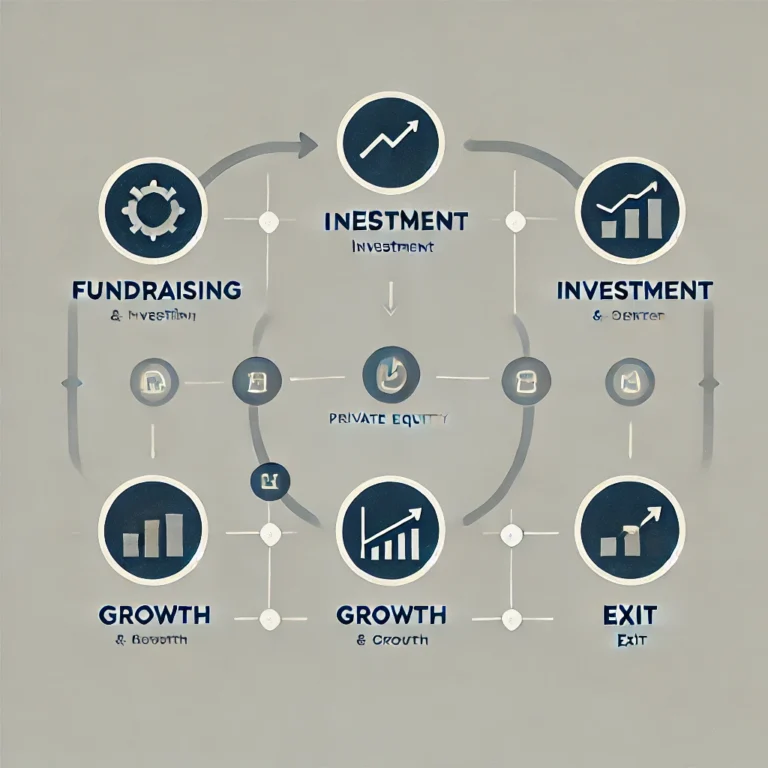
Hedge Funds: High Risk, High Reward
Hedge funds are pooled investment funds that employ a variety of strategies to achieve returns, often using leverage and derivatives. These funds have fewer regulatory constraints, allowing them to engage in short-selling, options trading, and other complex strategies. In your CFA L1 exam, expect to encounter questions about the structure, benefits, and risks of hedge funds, especially as they relate to managing market volatility.
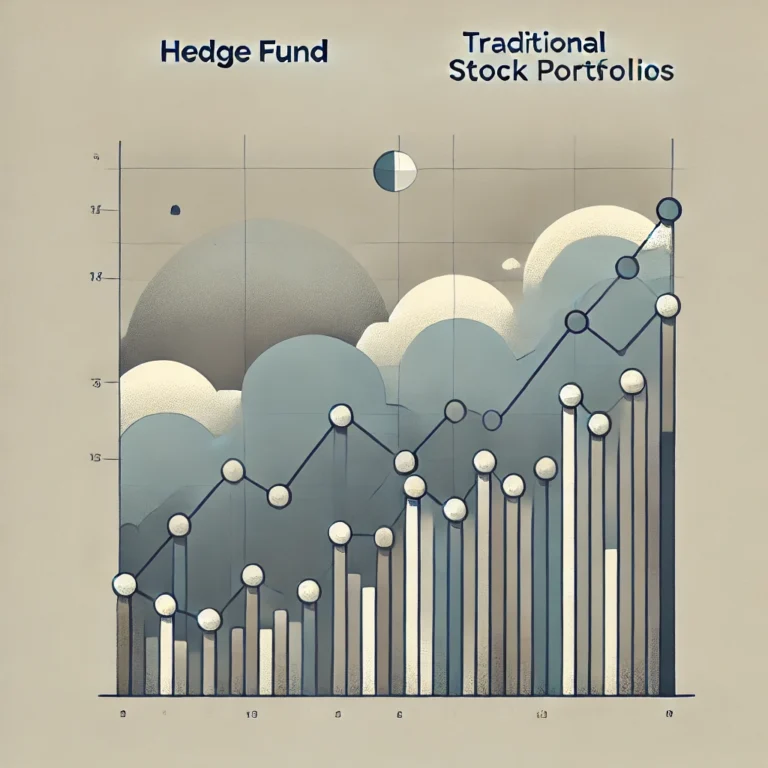
Commodities: Riding the Resource Wave
Commodities—natural resources like oil, gold, and agricultural products—represent another form of alternative investment. Their prices can be influenced by a myriad of factors, from geopolitical events to supply chain disruptions. As a CFA Level I candidate, you’ll need to understand how commodities can serve as an inflation hedge and contribute to portfolio diversification.

Modern Example: The Rise of Renewable Energy Commodities
In recent years, commodities like lithium and rare earth metals have gained attention due to their role in renewable energy technologies. This shift towards sustainability opens up new investment opportunities but also introduces unique risks, like supply shortages and technological disruptions.
The Role of Alternative Investments in Portfolio Management
Enhancing Returns and Managing Risk
In your Candidate Body of Knowledge (CBOK) for CFA Level 1, alternative investments are presented as tools for both enhancing portfolio returns and managing risk. By including assets that have low correlation with traditional stocks and bonds, investors can smooth out the volatility in their portfolios. This is especially important for long-term investors who are looking to weather the ups and downs of the market.
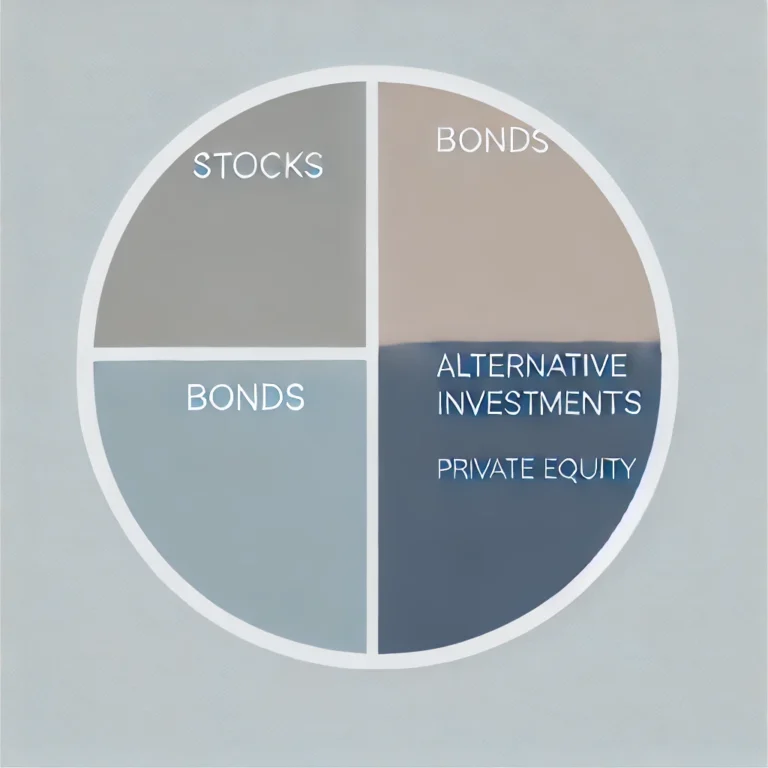
Tactical Allocation vs. Strategic Allocation
In portfolio management, understanding the difference between tactical and strategic allocation is key. Tactical allocation involves making short-term adjustments based on market conditions, while strategic allocation focuses on long-term goals. Alternative investments can be used in both approaches, depending on the investor’s risk tolerance and investment horizon.
Risk Factors in Alternative Investments
Understanding the Complexities
While alternative investments can offer higher returns, they also come with unique risks. Illiquidity, lack of transparency, and high management fees are just a few of the downsides. In CFA Level 1, you’ll be expected to not only understand these risks but also apply them in hypothetical scenarios, where you’ll be tasked with balancing potential rewards against risks.
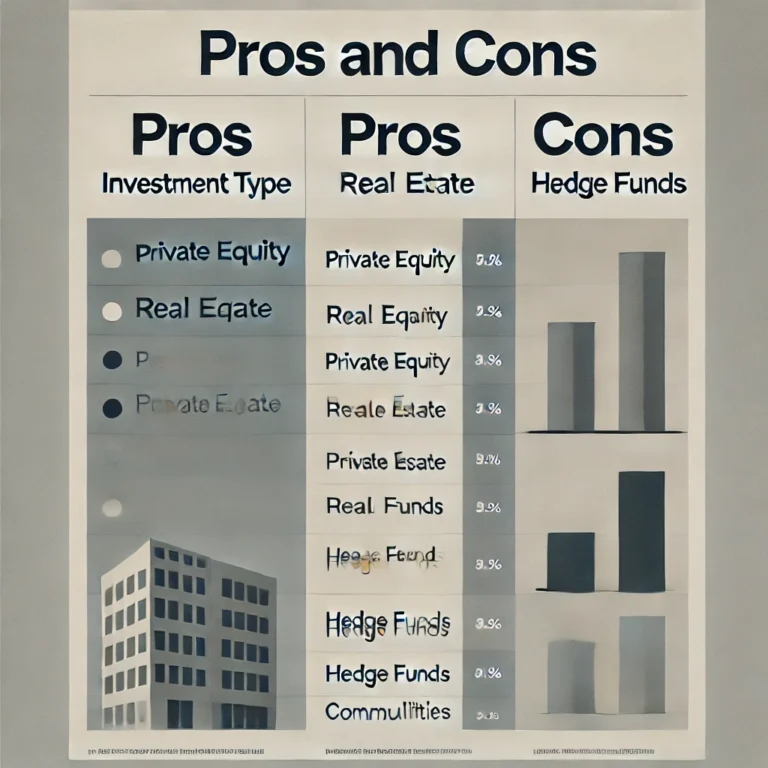
Regulatory Challenges
One of the risks associated with alternative investments is the lack of standard regulation, especially when compared to traditional assets like stocks and bonds. In your studies, you’ll need to focus on how different regulatory environments can affect the risk profiles of these investments. Hedge funds, for example, often operate with fewer regulatory restrictions, which can lead to both higher returns and higher risks.
Practical Advice for CFA Level 1 Candidates
Focus on Core Concepts
In the lead-up to your exam, make sure you focus on the core concepts related to alternative investments. This includes understanding their unique characteristics, how they fit into a diversified portfolio, and the specific risks they pose. Review the Candidate Body of Knowledge (CBOK) materials thoroughly and make use of practice questions to test your understanding.
Apply Real-World Examples
One of the best ways to understand alternative investments is to apply real-world examples. Follow financial news and pay attention to how hedge funds, private equity firms, and commodities markets are performing, and think about how these events tie back to the theories you’re learning. For instance, you might ask yourself how a spike in oil prices would affect a commodities-heavy portfolio.
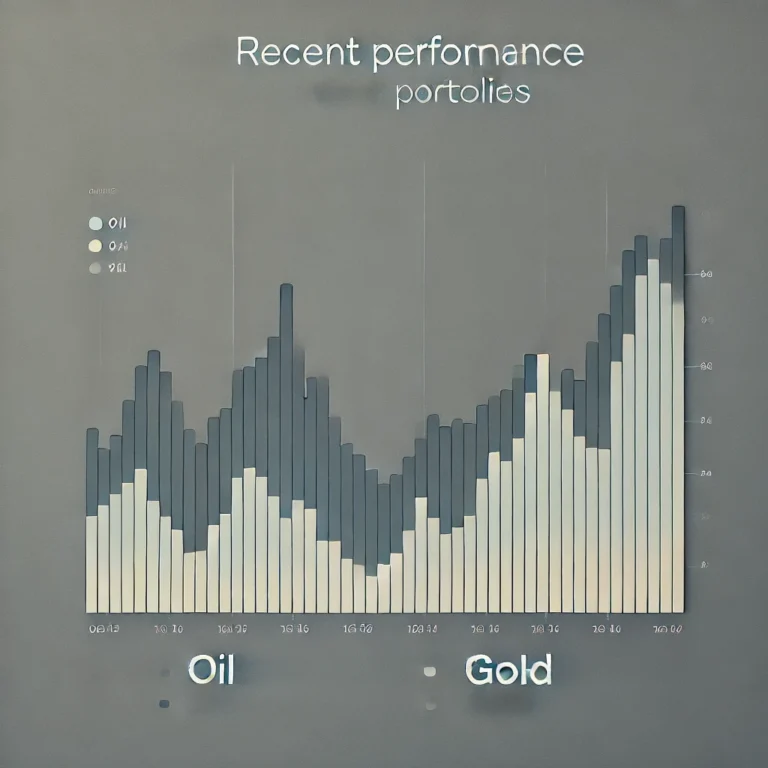
Final Thoughts: The Path to CFA Success
Mastering Alternative Investments is more than just an academic exercise—it’s a key to unlocking broader opportunities in the financial world. As you prepare for your CFA Level 1 exam, focus not only on memorizing facts but also on understanding how these investments operate in real-world contexts. With dedication and the right strategy, this section of the exam can become a powerful stepping stone on your path to becoming a Chartered Financial Analyst.
Stay focused, stay disciplined, and remember: the knowledge you gain here will serve you well beyond the exam room. You’re not just preparing for a test—you’re building the foundation for a successful career in finance.

